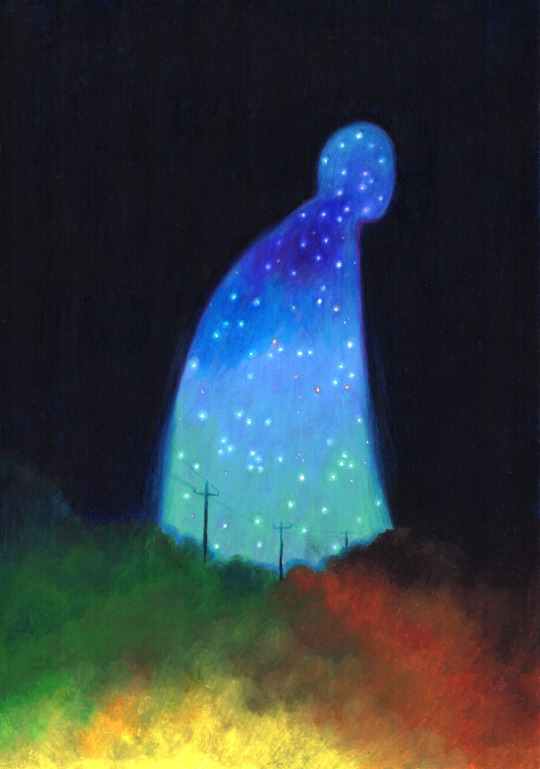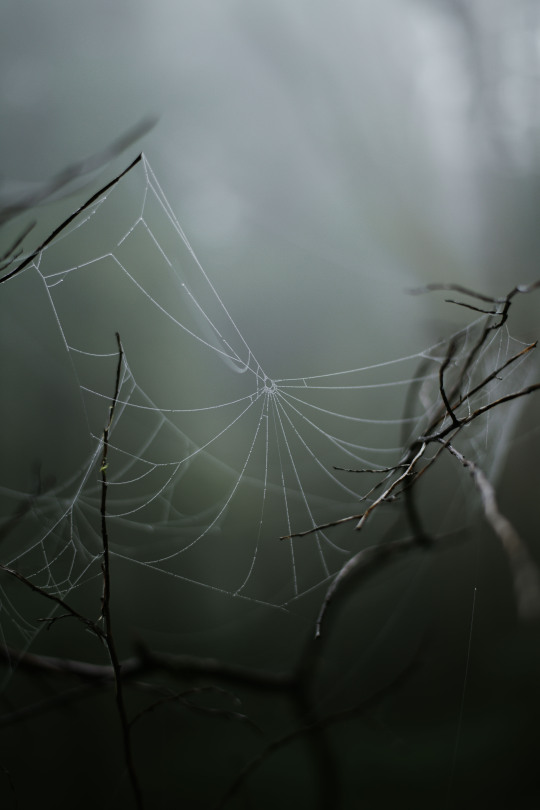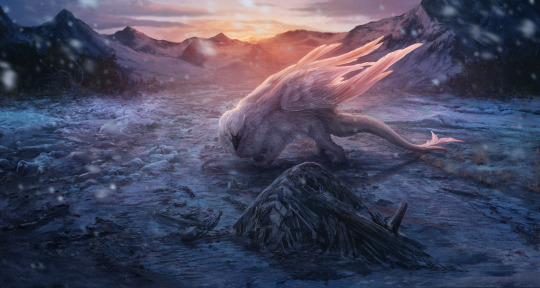Text

"Aah, you were at my side all along
My true mentor... My guiding moonlight... "
Ludwig The Holy Blade 🩸
HD and prints available thanks for your support 💙 ko-fi.com/gaxix
society6.com/gaxixx
730 notes
·
View notes
Text

Tengu are a medium sized, arboreal, humanoid inhabiting the lush mountain and forest terrain of Nippon . Communal and highly social, Tengu live in large extended family units with a matriarch or patriarch at the helm.
Sexual dimorphism is subtle. With males and females being roughly the same size, color and shape. While males and females both posses large noses, dominant elder males have been recorded having noses that extended beyond their stomachs. Such a nose is incredibly attractive to highly selective females.
While relatively docile in nature, if provoked, they can be quite dangerous, using their large fangs, claws and brute to wield fatal blows. This ferocity is especially displayed during territory disputes amongst rival clans.
While relatively high on the food chain Tengu are still susceptible to predation. Kitsune, Ryu and at times even Oni will actively hunt adult Tengu. However it is the young pups who are most susceptible during their nascent voyages away from mom.
While incredibly nimble in the trees, Tengu also are able to fly. Due to their robust bodies they can only fly for short distances but can cover vast distances despite this.
An eclectic diet, Tengu are opportunistic eaters. With a diet ranging from fruits and nuts to Kappa chicks and small rodents.
Due to their high intelligence Tengu are known tricksters who will regularly steal clothing, food and supplies from lost travelers.
549 notes
·
View notes
Text
2K notes
·
View notes
Text
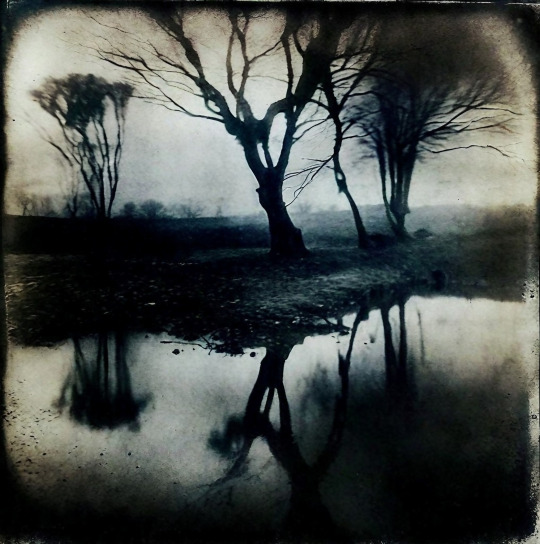

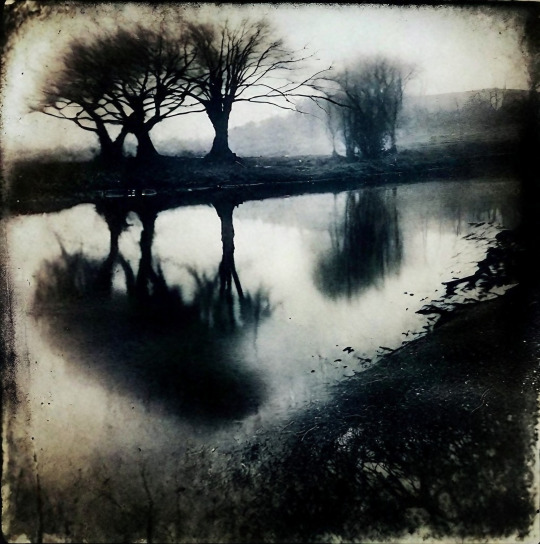
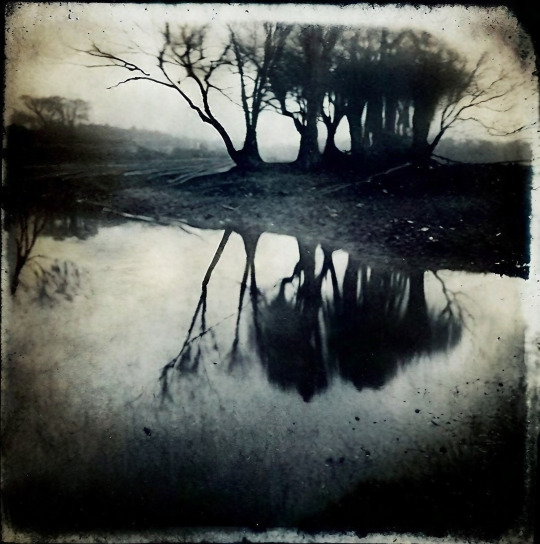
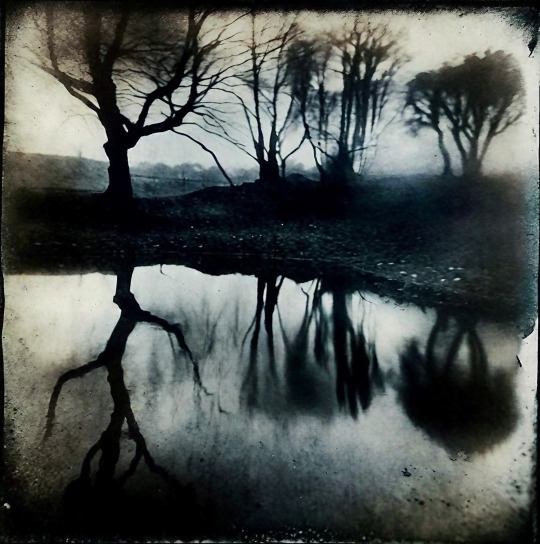
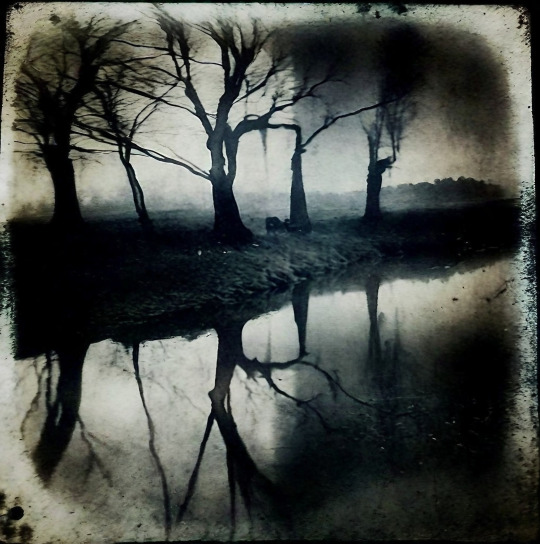
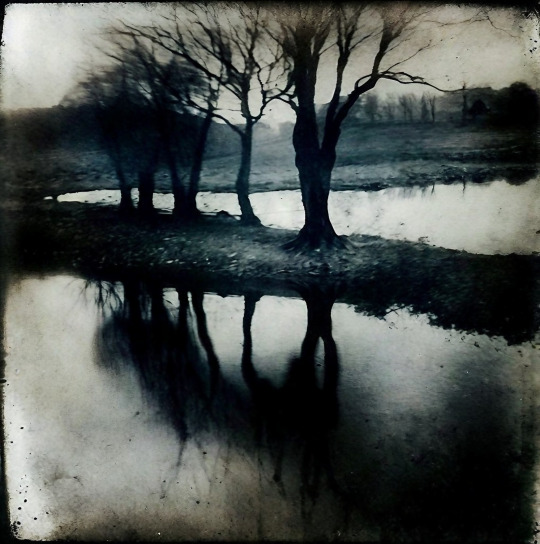
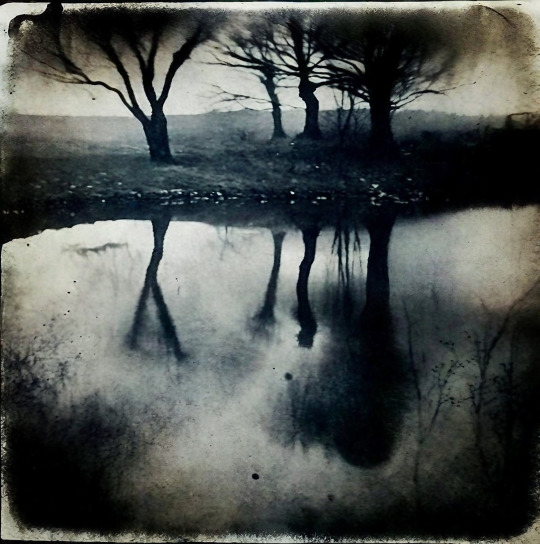
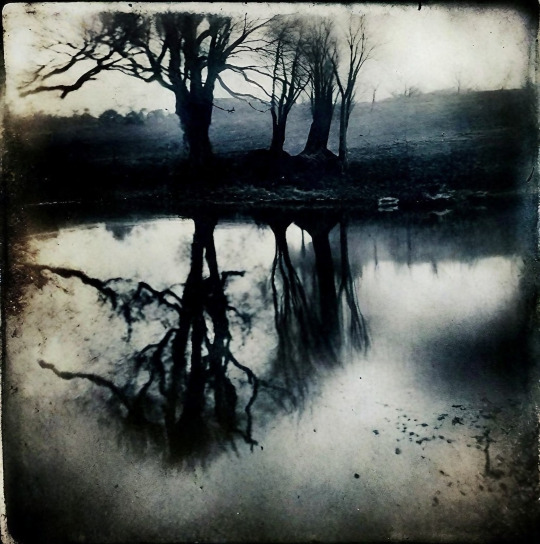
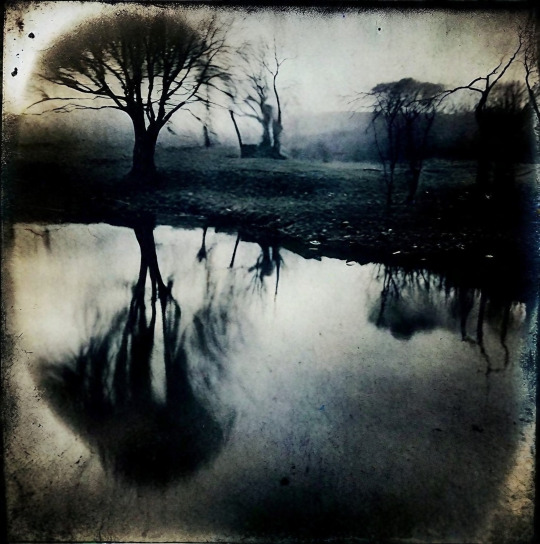
lake 101123
taken a bunch of lake photos
over the last couple of weeks
think these are almost there
but probably wrong
4K notes
·
View notes
Text

🚨 A team of scientists, led by Phil Morin of NOAA, have published a new paper formally proposing two “new” species of killer whale: Bigg’s killer whales (Orcinus rectipinna) and resident killer whales (Orcinus ater).🚨
More than fifty years ago, researchers began studying the killer whales found off the west coast of North America. One keen-eyed scientist, Dr. Michael Bigg, noticed that there appeared to be two kinds of killer whales: a smaller, more gregarious form that fed on fish and a larger, stealthier type that fed on marine mammals. He and his colleagues dubbed the fish-eaters “resident” killer whales and the mammal-eaters “transient” killer whales (who were later renamed Bigg’s killer whales in his honor).
Two female Bigg’s killer whales in Washington (top) and a male and female resident killer whale in Alaska (bottom)
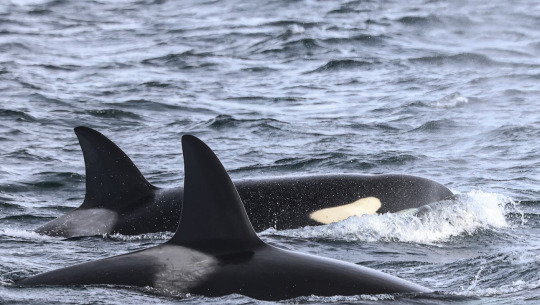

Many decades later, scientists have been hard at work trying to resolve whether or not these two forms are different species. It is not an easy task. This requires a thorough investigation into many factors, including evolutionary history, genetics, morphology, ecology, and behavior. In this paper, the researchers lay out all of the evidence and conclude that these two forms warrant elevation to species status.
As newly proposed species, both need new scientific names. There have been numerous killer whale species proposed and described in the past by other naturalists and researchers, including those in the North Pacific. Unfortunately, there are no type specimens— individual specimens upon which the first descriptions of a species are based—available for killer whales previously described from the North Pacific, so the researchers were left to examine drawings and illustrations of killer whales in the North Pacific in the late 1800s by Scammon and Cope.
The authors propose “Orcinus rectipinnus” for Bigg’s killer whales and “Orcinus ater” for resident killer whales. “Rectipinnus” presumably refers to tall dorsal fins, and “ater” means “black” or “dark” in Latin. Of note is the fact that a female killer whale from California originally examined and described by Scammon as “Orcinus rectipinnus” had seals in her stomach, suggesting she was a Bigg’s killer whale.
In addition, the authors note they are consulting with Indigenous tribes for a new common name for resident killer whales.
What’s next? In marine mammal biology, proposed taxonomic changes are reviewed by the Society for Marine Mammalogy’s taxonomy committee. If accepted, these species revisions become “official.” This has been an eagerly awaited paper by many in the field of killer whale biology and it is a great accomplishment, made possible by decades of research by scientists around the world.
A big thank you to lead author Phil Morin for letting me preview the manuscript and for answering my numerous questions in preparation for this post!
Read the paper here!
541 notes
·
View notes
Text

The world is full of killer whales. There exists a wonderful diversity of shapes, sizes, and coloration patterns. Some of these whales are distinguished enough to separate them into distinct ecotypes, such as the Bigg's killer whales of the North Pacific or the type C killer whales of Antarctica. Others defy such easy categorization, and instead exist somewhere along a hazy spectrum of morphological and ecological traits.
This piece displays 16 different types/forms/populations of killer whales around the world and is by no means exhaustive or representative of every killer whale; indeed, it would be difficult to fit all variations of killer whales into a single, cohesive piece.
As scientists learn more about killer whales around the world, especially those in low latitude areas, the classification of killer whales will likely change. We may see new species or subspecies come to fruition, or perhaps newly proposed ecotypes. Or, we may see current ecotype designations rescinded as research continues, as was recently done with the “type 1” and “type 2” ecotypes of the Eastern North Atlantic. Truthfully, even this piece may be an oversimplification—perhaps we should be wary of trying to box in their complex nature.
175 notes
·
View notes










